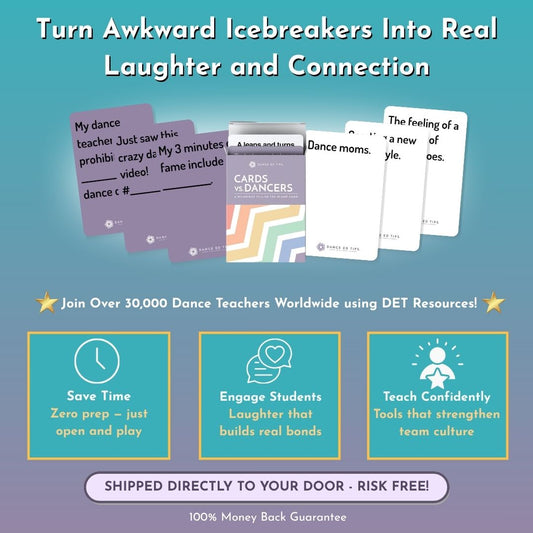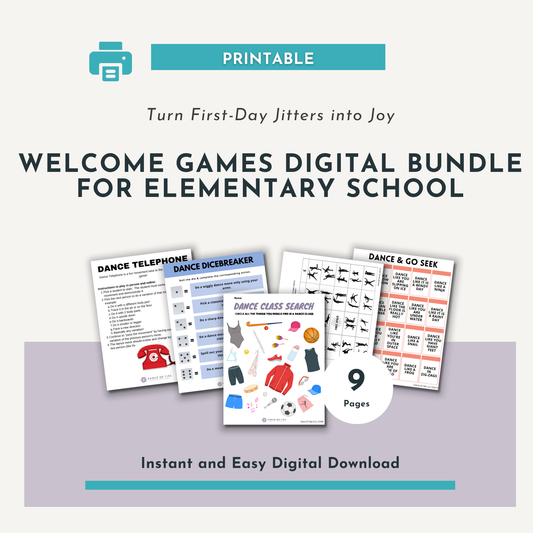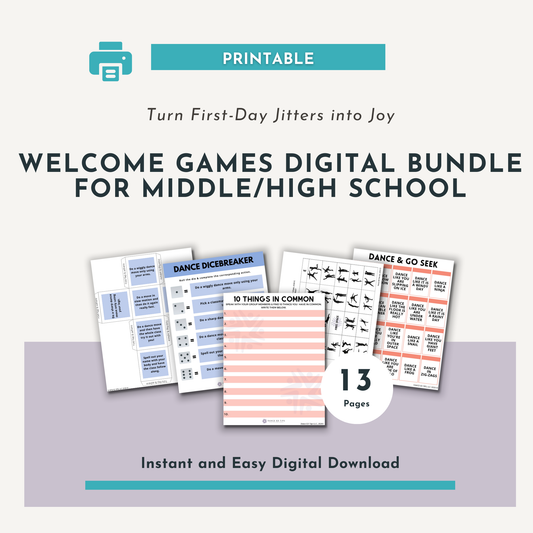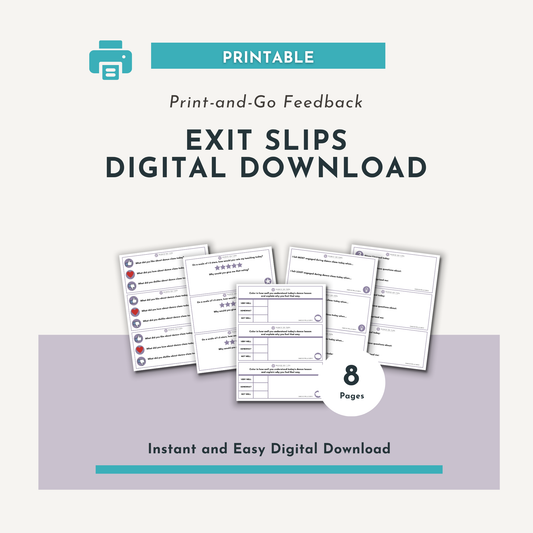By: Olivia Mode-Cater
With Pride month on its way it is the perfect time to discuss safe spaces for LGBTQ+ people in the dance studio. Click here to learn how to be a better ally in the studio.
In honor of Pride Month, we want to share with you important and valuable resources so that you can make your classroom the most welcoming and safe space for LGBTQ+ dancers. These resources will guide you on what type of language to use, how to reflect and identify your biases, what to do if a student comes out to you, and much more.
- 1. Identifying your own biases
The first resource I want to share with you is GLSEN’s Safe Space Kit. This resource is a guide to supporting Lesbian, Gay, Bisexual, and Transgender students in your schools and studios. It is very comprehensive and includes sections on terminology, being visible, how to respond to anti-LGBTQ language and behavior, and much more.
One of my favorite parts of this resource is the “Assessing Your Personal Beliefs” section, because in order to truly build an inclusive dance studio this is where we all need to start. We need to take some time to reflect and see where our own personal biases are and how they affect our actions. Before you dive deeper into the other amazing sections in this guide, I recommend spending some time with these questions as they might provide some insight into some internal biases you were unaware of.
GLSEN is an organization that has been championing LGBTQ issues in K-12 education since 1990. Their mission is to create safe and affirming schools for all, regardless of sexual orientation, gender identity, or gender expression.
- 2. Using LGBTQ-inclusive language
This second resource we are going to share is the LGBTQ Inclusive Language Do’s & Don’ts Handout from the Safe Zone Project. Using appropriate language is one of the quickest ways we can begin to be more inclusive in our teaching. One of the most common things I hear dance teachers say when addressing the class is “boys and girls” or “ladies and gentlemen.” This was a habit of mine that I had to break, because I realized that I was ostracizing some of my students. Instead, I now address my students as “dancers.” This is more inclusive as it is moving away from the binary language and I like that it builds their identify as dancers too. Check out the Safe Zone Project’s full list of the LGBTQ Inclusive Language Do’s & Don’ts by clicking here.
The Safe Zone Project (SZP) is a free online resource providing curricula, activities, and other resources for educators facilitating Safe Zone trainings (sexuality, gender, and LGBTQ+ education sessions), and learners who are hoping to explore these concepts on their own. Co-created by Meg Bolger and Sam Killermann in 2013, the SZP has become the go-to resource for anyone looking to add some Safe Zone to their life.
- 3. Integrate LGBTQ+ Topics into your Dance Teaching
The last resource we are going to share with you is a collection of lesson plans that you can use in your classroom in order to make it a safe and welcoming space for all. As educators, what we teach about and don’t teach about demonstrates what are values are. Therefore, we need to consider how we can imbed LGBTQ+ issues, accomplishments, and history into our lessons. When we teach about these topics, we are not only educating all of our students on these important topics, but we are also advocating for our LGBTQ+ dancers. The Human Rights Campaign Foundation has put together many lesson plans on understanding gender, preventing bias-based bullying, LGBTQ inclusion, and embracing family diversity. These are a great source of inspiration to creating inclusive dance and movement experiences and I encourage you to check them out.
WELCOMING SCHOOLS LESSON PLANS
The Human Rights Campaign represents a force of more than 3 million members and supporters nationwide. As the largest national lesbian, gay, bisexual, transgender and queer civil rights organization, HRC envisions a world where LGBTQ people are ensured of their basic equal rights, and can be open, honest and safe at home, at work and in the community.
The three ideas we’ve suggested only begin to scratch the surface on all the things you can do to make your dance studio an inclusive and safe space. We recommend that you spend some time with the resources we’ve provided so that you can get a more holistic and comprehensive understanding on how you can be an ally. We know the transformative and healing power of dance. We know how the dance studio can be a safe haven for students who are feeling misunderstood, left out, or bullied. It’s time that we take on our responsibility to teach EVERYONE that walks into our class and create a safe, inviting space for all dancers.
For more ideas on what you can do to make your dance space more inclusive visit:
https://www.wgu.edu/heyteach/article/5-things-you-can-do-support-your-lgbtq-students1809.html
https://www.hrc.org/blog/back-to-school-four-ways-educators-can-support-lgbtq-youth
http://www.welcomingschools.org





